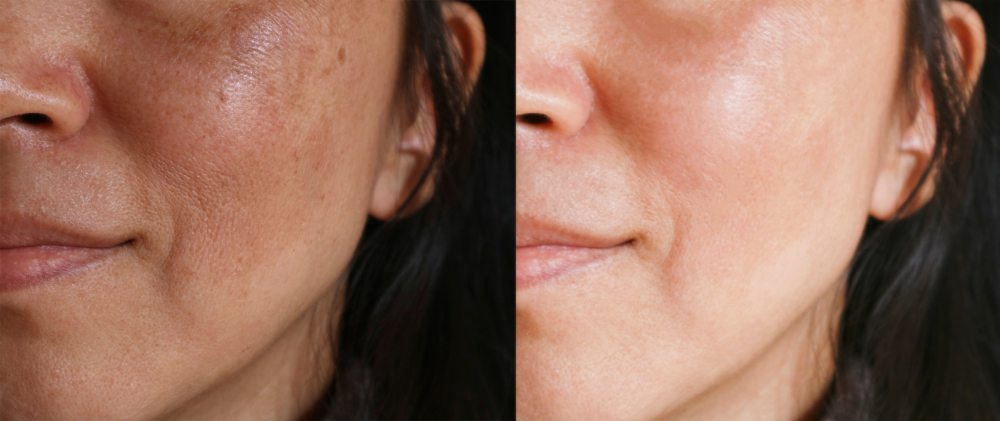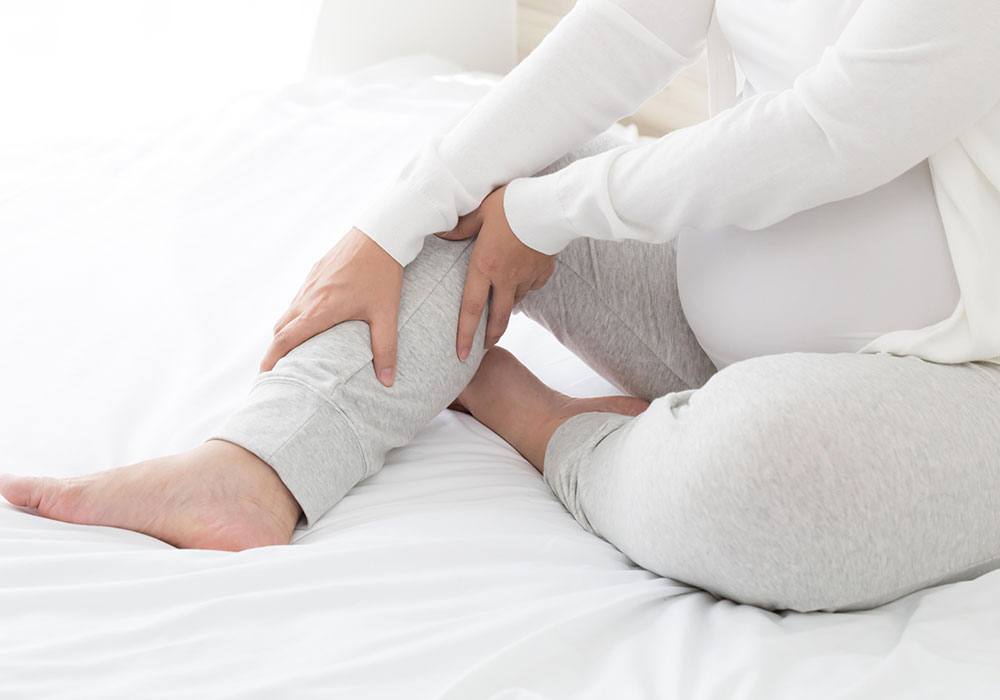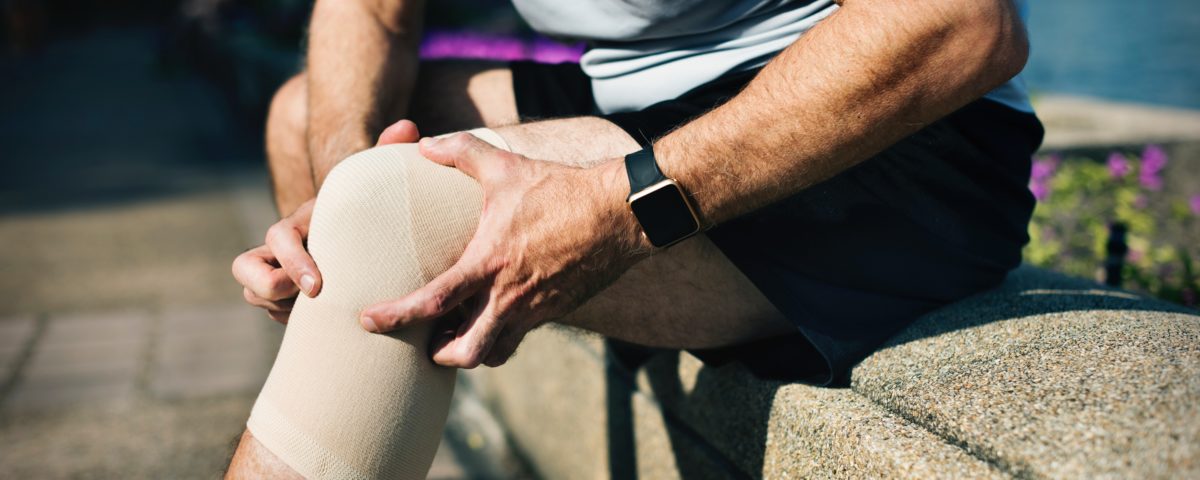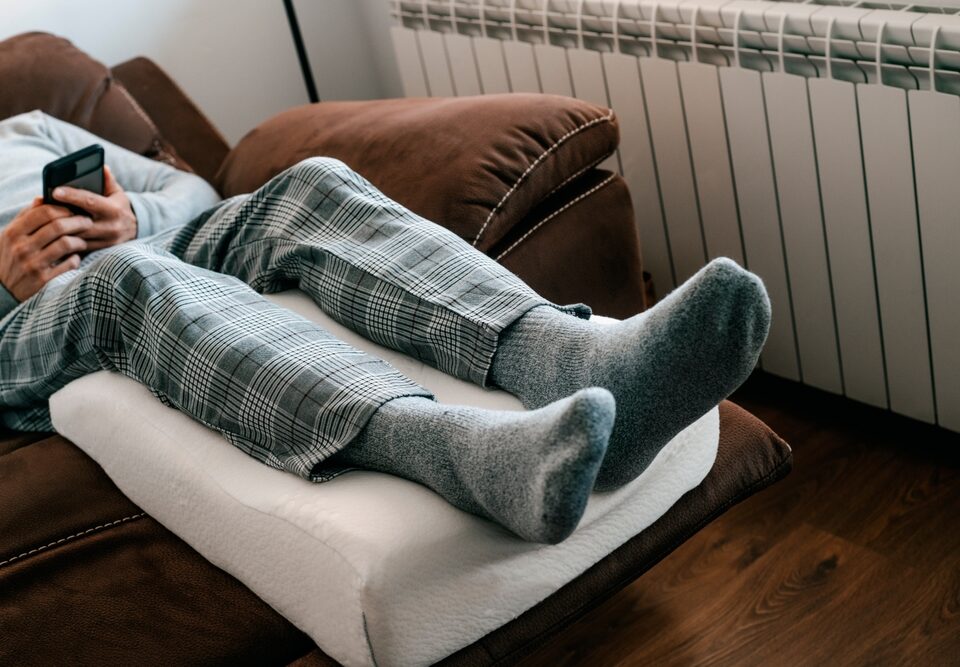
Vanquish Age Spots with Ablative Laser Resurfacing
December 18, 2018
Common Causes and Risk Factors of Varicose Veins
December 18, 2018Chronic venous insufficiency (CVI) occurs when damaged or diseased veins and valves allow blood to flow backwards and pool in legs and lower extremities.
Early detection and treatment of CVI can alleviate symptoms, prevent the condition from worsening, and help avoid complications.
Want to learn how to treat chronic venous insufficiency in Maryland? Here are 4 treatment strategies to consider:
Treatment Options for Chronic Venous Insufficiency
1. Compression Stockings
Compression stockings are a non-invasive, non-surgical way to treat chronic venous insufficiency in Maryland. They apply consistent pressure to the legs and lower extremities to improve circulation and prevent blood from collecting in veins.
These undergarments can often be purchases online or at pharmacies and drugstores and are available in a variety of pressures, ranging from 8-10 mm Hg to 40-50 mm Hg.
However, to obtain stockings with more than 20 mm Hg compression, you will need a prescription from your physician.
2. Sclerotherapy
Sclerotherapy is considered by many to be the gold standard for eliminating spider veins and small varicose veins. It involves injecting a sclerosing solution into the affected vein, which causes it to collapse and disappear.
This treatment can be performed in an office setting and doesn’t require any downtime.
This treatment option also reduces the pain and discomfort of varicose veins, improves skin tone and texture, and reduces the risk of CVI complications, such as venous hemorrhage and ulcerations.
Patients may need more than one sclerotherapy treatment for optimal results.
3. Endovenous Thermal Ablation
Endovenous thermal ablation is another non-surgical option, and it applies radiofrequency to close-up a damaged vein.
The procedure is well-tolerated and has minimal bruising and bleeding due to the fact that the vein remains in place.
4. Surgery
Surgery is another way to treat chronic venous insufficiency in Maryland, and can include: Vein ligation, stripping, microincision/ambulatory phlebectomy, and bypass surgery.
However, it is important to note that surgery is required in less than 10% of CVI cases, and most patients can be successfully treated with non-surgical solutions.
To learn more about how to treat chronic venous insufficiency in Maryland, please contact our office today to schedule a comprehensive consultation with Dr. Kumar.



